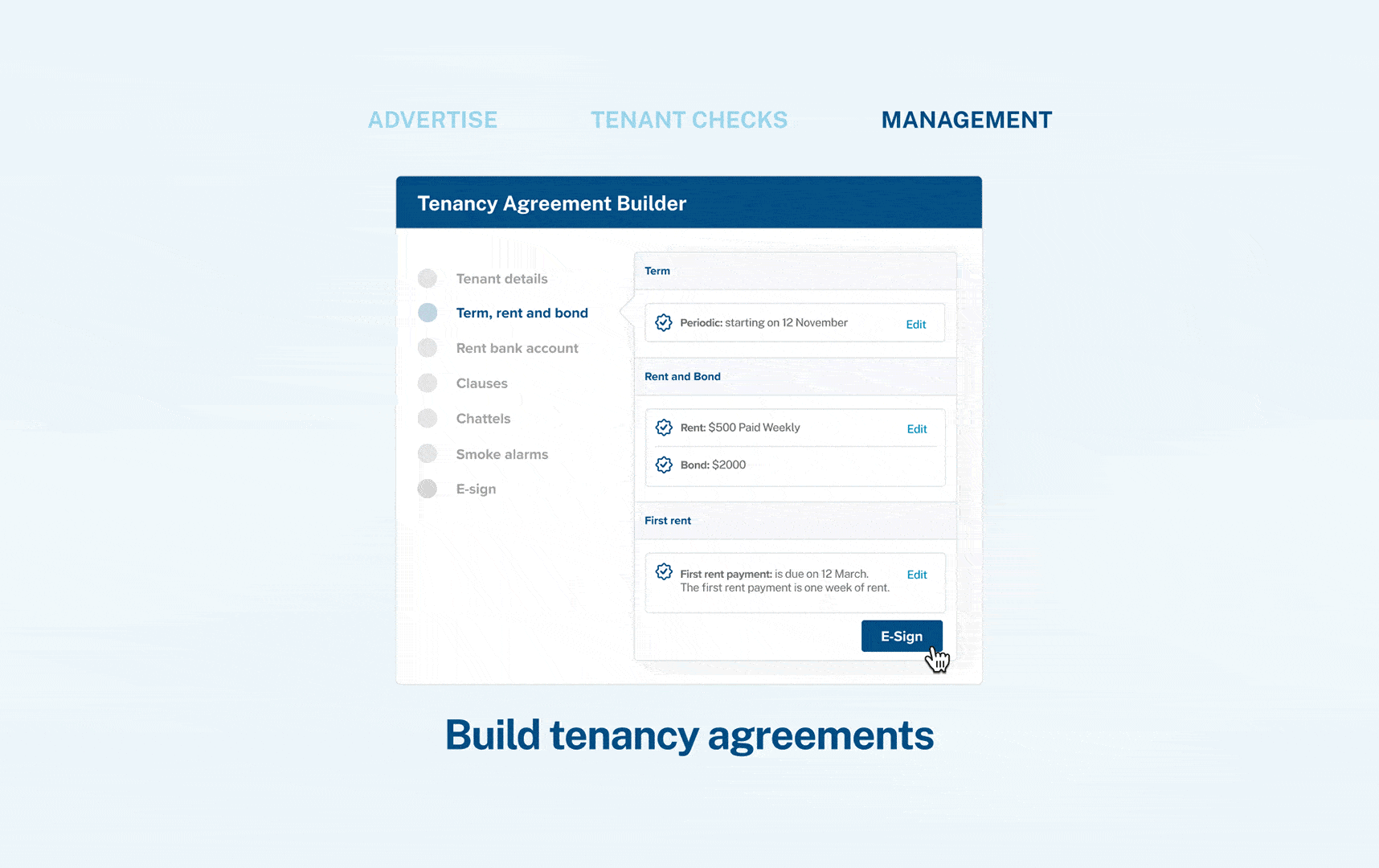What are the DTI restrictions?
Like LVR restrictions, the DTI restrictions aim to protect the financial system's stability. They aim to limit the amount of new mortgage lending to borrowers seeking debt worth more than a specified amount of their incomes.
DTI limits are calculated based on a simple ratio of the borrower's total debt divided by the borrower's gross income.
What is the expected maximum DTI ratio?
There has yet to be an indication of what the maximum DTI ratio is going to be. But it's speculated to be somewhere between 5 and 7.
For example, if the debt-to-income ratio is 5, and your gross pre-tax income is $100,000, you could only borrow $500,000. ($100,000 x 5 = $500,000)
Expected exemptions
Construction loans to finance the construction or purchase of a new build will be excluded from the DTI rules.
What is the purpose of the DTI restrictions?
The aim of the DTIs, together with other recent lending changes like loan-to-value ratio (LVR) restrictions, the CCCFA, and bank stress tests, is to restrict how much Kiwis can borrow and, in return, cut the number of properties property investors can own and slow down house prices.
When will this change take effect?
There has yet to be a decision on when the RBNZ will impose the DTI restrictions. However, the banks were given 1 year, until March 2024, to prepare their systems for the possible implementation of these new rules.
Further info
You can find more information on this here.
The information contained in this article is exclusively for promotional purposes. It does not in any way constitute legal advice and should not be relied upon as the basis for any legal action or contractual dealings. The information is not, and does not attempt to be, a comprehensive account of the relevant law in New Zealand. If you require legal advice you should seek independent legal counsel. myRent.co.nz does not accept any liability that may arise from the use of this information.


